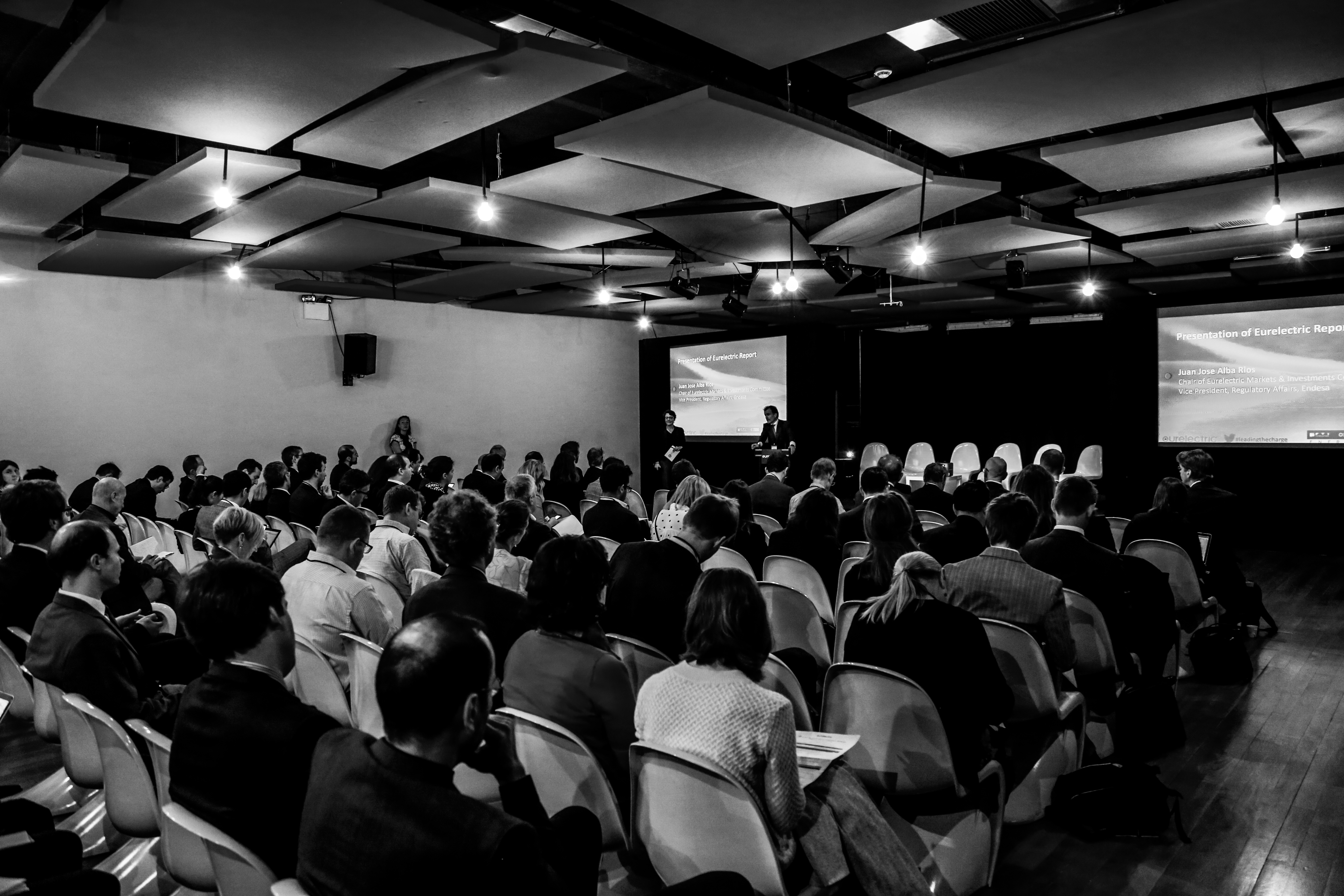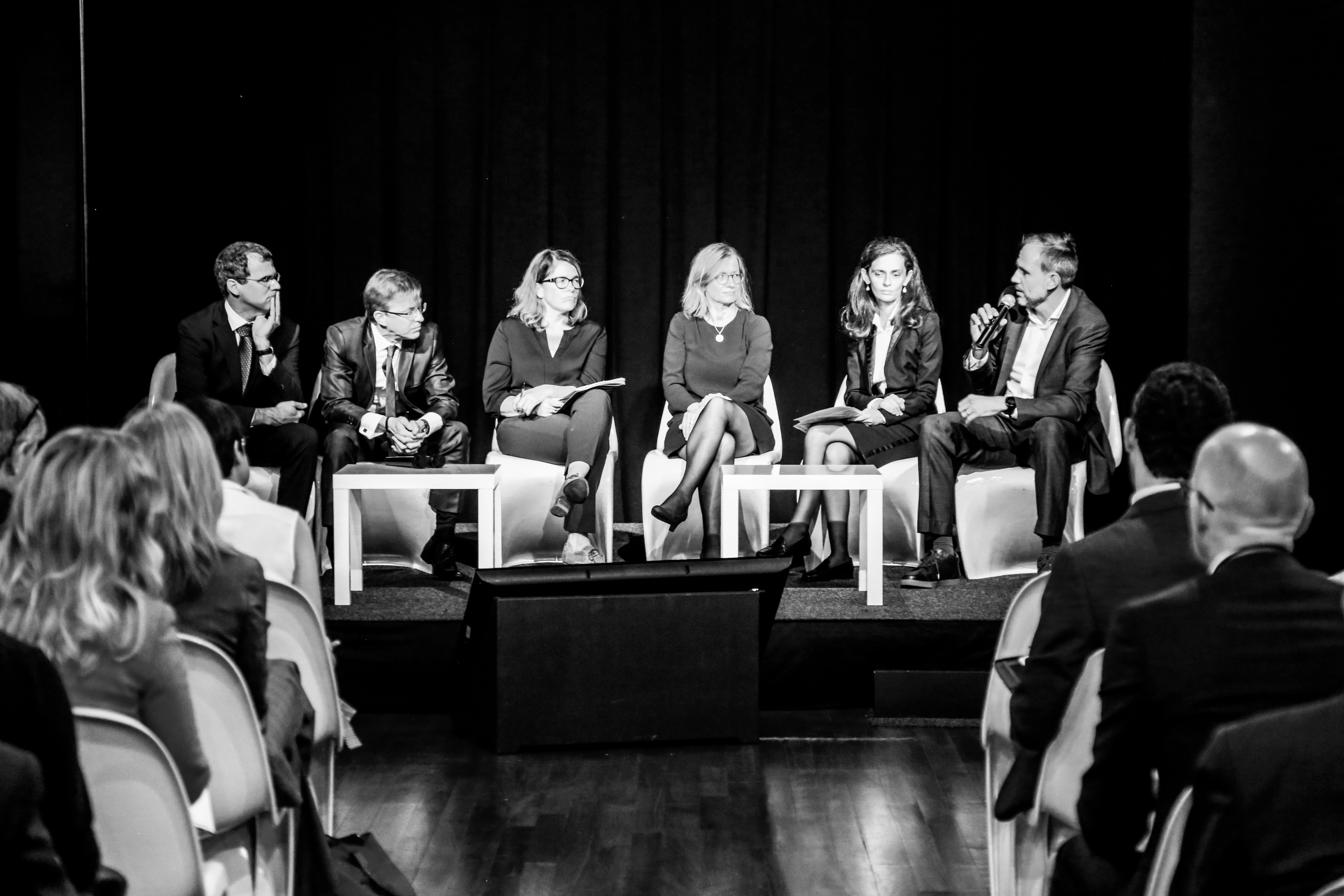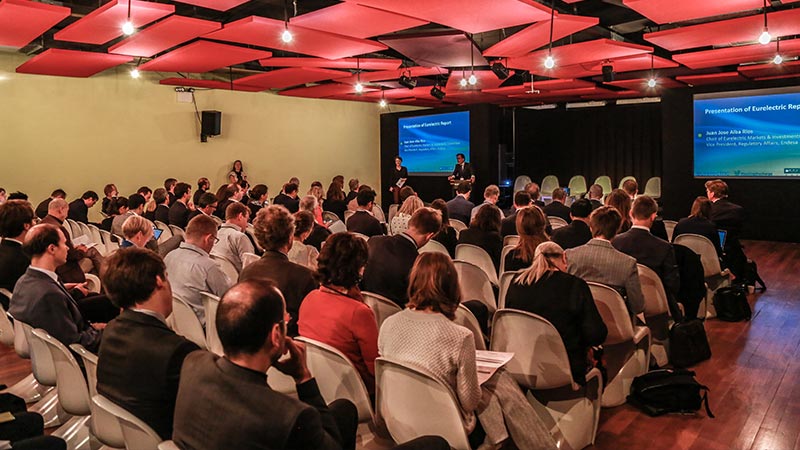The power sector investment challenge: 100 billion euros per year and counting

Eurelectric launches “E-invest - The power sector investment challenge: 100 billion euros per year and counting”, a thorough assessment of the investment fundamentals for a successful energy transition. The report looks into the multifaceted requirements of the electricity industry transformation, as it strives to enable a climate neutral European economy, with net zero greenhouse gas emissions.
“Electricity is the key element of answer to the question of ‘how we decarbonise our society’”, said Juan Jose Alba Rios, Chair of Eurelectric’s Markets and Investments Committee and Endesa’s Vice-President in charge of Regulatory Affairs. “To achieve our overall decarbonisation objectives, we will need 2 to 4 times more electricity than today and be both more efficient and cleaner”, he added.

Decarbonising the power sector well before 2050 requires on average over 100 billion euros investments per year. To turn this vision into reality, Eurelectric engaged in a thought provoking debate with key utility leaders, policymakers and representatives of regulatory bodies, financial sector, NGOs and converging industries.
Solving the investors’ dilemma
By 2045, clean sources should account for 80% of electricity generation, while fossil capacity is being phased out. How to ensure the necessary investments in renewables, the networks overhaul and the deployment of firm and flexible capacity?
Over the past few years, the European Investment Bank has dedicated approximately 13 billion euros per year to projects from the power sector. Aside from this small contribution, numerous projects are financed by large diversified companies, which can afford to take risks. In this context, market stability and predictability, coupled with a decrease of tech costs, are key elements to attract more investors and break barriers to market entry.
Bridging the gap between investors and consumers
Together with investors, customers play a key role in this transition. Unlocking their participation relies on being provided with appropriate price signals, which depend on fixing the seasonal situation of the EU-ETS, but also on an adequate employment of currently underused interconnectors.
“Consumers are key to this transition. Whereas industrial and commercial customers are willing to participate to the change, households want to be green but with a minimal disturbance to their lives. Utilities should provide them with services that allow them for a seamless transition”, said Ljubomir Mitrasevic, Senior Director, FTI Consulting.

Ambitious decarbonisation goals call for a massive build-out in terms of clean electricity generation, networks and storage. To enable project developpers to build a future-proof electricity system, the planning tools and permitting procedures need to be improved, and they need to consider the public opinion.
“39% of EU citizens are willing to work on climate action. We are facing discrepancies between the urban and rural areas, as the living conditions and infrastructure develppment differ widely. But we need to bridge this split in the population as we should all benefit from green energy supply”, said Imke Luebbeke, Head EU Climate and Energy Policy at WWF.
Low-regret investments
Innovative solutions and technologies continue to emerge, but the future is not devoid of risks. According to Fabian Roques, Executive Vice President of Compass Lexecon, companies today chose “low regret options” over the most optimal ones, due to a high level of uncertainty.
“We need to get better at planning, defining smart regulation and having governance at various levels”, added Fabien Roques.
A cross-sector approach, ensuring integration, planning coordination and identification of low regret options is needed to select the right projects to be supported. But better planning requires better regulation. Regulatory frameworks should therefore be aligned with policy objectives and ensure the right incentives.

